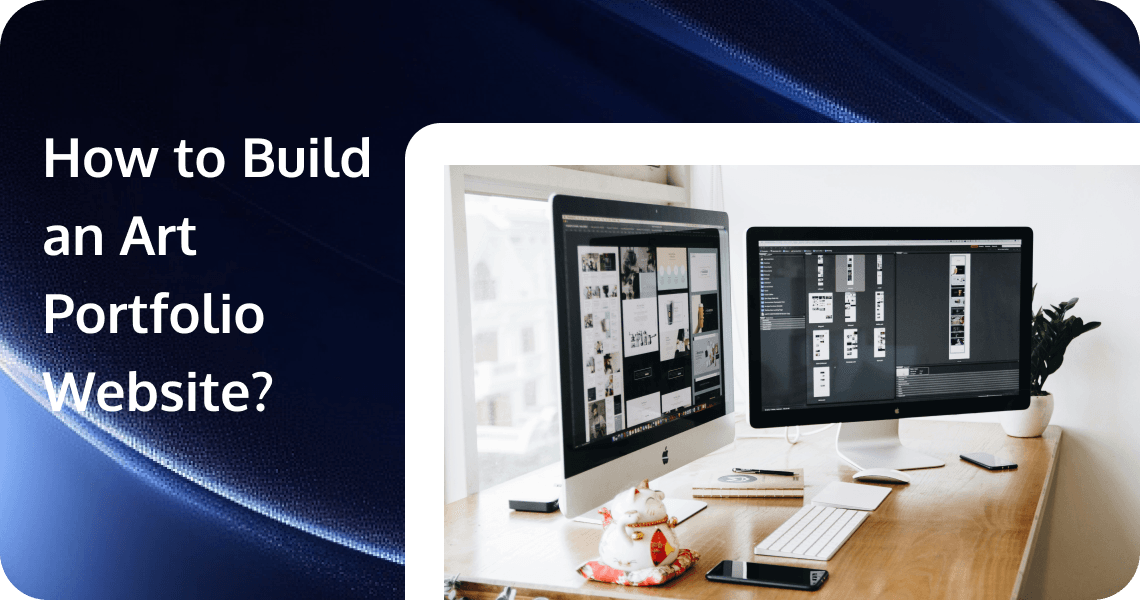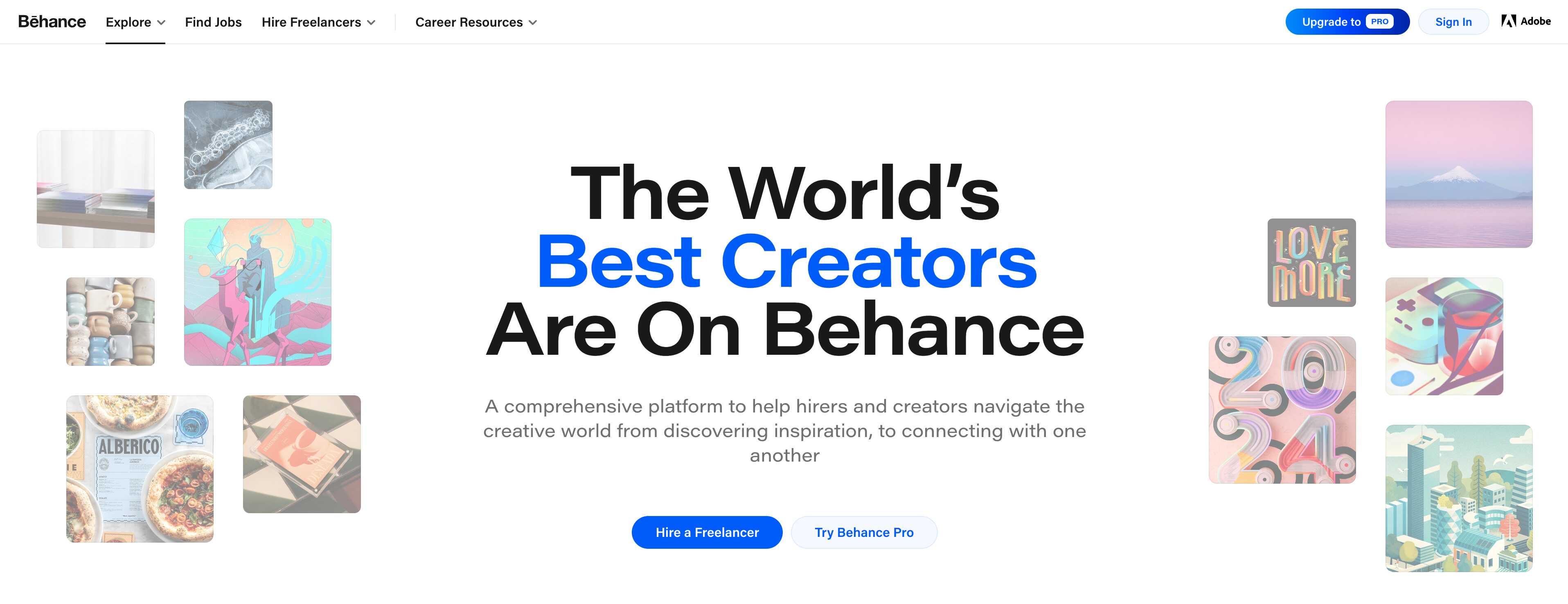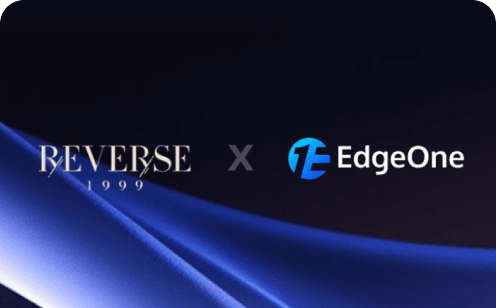How to Build an Art Portfolio Website: 10 Best Art Portfolio Examples In 2025

What is an Art Portfolio Website?
An art portfolio website is a dedicated online platform where artists can showcase their artwork, projects, and creative endeavors. It serves as a digital portfolio, allowing artists to display their work to a wider audience, including potential clients, galleries, and collaborators.
Having an art portfolio website is essential for several reasons:
- Accessibility: An art portfolio website provides a centralized and easily accessible space for people to view your artwork. Instead of relying solely on physical exhibitions or local events, your website allows anyone with an internet connection to explore your portfolio anytime.
- Professional presentation: A portfolio website allows you to present your work in a professional and curated manner. You have control over your portfolio's layout, design, and organization, ensuring that it reflects your artistic vision and style. This can help you make a strong impression and stand out among other artists.
- Networking and collaboration: A portfolio website enables you to reach a global audience. It allows you to share your work with people from different parts of the world, potentially leading to new opportunities, collaborations, and sales. It also provides a networking platform and connects with other artists, collectors, and industry professionals.
- Ownership and control: An art portfolio website gives you a sense of ownership and control over your artistic identity. It allows you to establish your brand, tell your story, and showcase your artistic journey. It can serve as a valuable tool for self-promotion and career advancement in the art world.
An art portfolio website is a powerful tool that helps artists showcase their work, expand their reach, and establish their online presence in the digital age.
What is A Good Art Portfolio Design?
A good art portfolio design should effectively showcase your work, reflect your personal brand, and be easy for viewers to navigate. Here are some key elements to consider:
- Simplicity: The design of your portfolio should not overshadow your work. Keep the design clean and simple to allow your art to take center stage.
- High-Quality Images: Use high-resolution images to showcase your work. This will ensure that viewers can see all the details and appreciate the quality of your work.
- Easy Navigation: Make it easy for viewers to navigate through your portfolio. This could mean having a clear menu, categories for different types of work, or a simple scroll-through design.
- Personal Branding: Your portfolio should reflect your personal brand. This could be through the color scheme, typography, or overall design aesthetic.
- Context: Provide some context for each piece of work. This could be a brief description of the project, the materials used, or the inspiration behind the piece.
- Contact Information: Make it easy for potential clients or employers to contact you. This could be a contact form, your email address, or links to your social media profiles.
- Responsive Design: Ensure your portfolio looks good on all devices, from desktops to tablets to mobile phones. This is especially important as more and more people are using their mobile devices to browse the web.
- Update Regularly: Keep your portfolio up-to-date with your latest work. This shows that you are active and continually developing your skills.
- Showcase Your Best Work: Quality over quantity. It's better to have a few pieces of great work than a lot of mediocre work. Choose pieces that showcase your skills and versatility.
- Tell a Story: Your portfolio should tell a story about you as an artist. This could be through the progression of your work, the themes you explore, or the way you describe your work.
A good art portfolio case is one that effectively protects, organizes, and presents your artwork in a visually appealing and professional manner.
10 Best Art Portfolio Websites
Browsing through examples of art portfolio websites can provide valuable inspiration and guidance as you begin creating your own. To spark your creativity, we have carefully curated a selection of 5 exceptional online art portfolio cases for your inspiration.
1. Behance

Adobe's Behance is a powerful platform that integrates seamlessly with the Adobe Creative Suite, making it a favorite among designers and digital artists. Artists can easily upload their work from Adobe applications and organize it into beautifully designed portfolios. The platform's networking opportunities are unparalleled, with a vast user base that includes industry professionals, recruiters, and fellow artists. Behance also offers features like project insights and analytics, helping artists track their portfolio's performance and engagement. Its integration with LinkedIn further enhances artists' professional visibility, making it easier for them to connect with potential clients and employers.
2. DeviantArt
DeviantArt is a vibrant community that caters to a wide range of artists, from hobbyists to professionals. The platform's unique features include art communities, forums, and fan engagement tools that foster a sense of belonging and support. Artists can share their work, receive feedback, and collaborate with others in a friendly and inspiring environment. DeviantArt's large user base provides ample opportunities for emerging artists to gain exposure and build a following. Many artists have successfully launched their careers through the platform, leveraging its community-driven approach to gain recognition and support.
3. Dribbble
Dribbble is a portfolio platform specifically for designers. It's a place where graphic designers, web designers, illustrators, and others share small screenshots of their work, processes, and projects. It's a great platform for getting feedback and connecting with potential clients.
4. Artist's Network
The Artist's Network is a platform where artists can share their work and gain access to expert advice, tips, and strategies. The website is a great resource for artists looking to improve their skills and expand their portfolios.
5. Carbonmade
Carbonmade is a portfolio website that's easy to use and offers a variety of features to help artists showcase their work. Artists can create beautiful, professional portfolios with little technical knowledge. The site also offers a job board and a talent pool for potential employers to browse.
6. ArtStation
ArtStation is a leading platform for artists, particularly those in the creative industries such as game design, animation, and illustration. It offers a sleek, high-quality interface that allows artists to showcase their work in stunning detail. The platform's customizable profiles enable artists to create a unique online presence that reflects their personal brand. ArtStation also provides robust community features, including forums, challenges, and industry news, which help artists stay connected and inspired. One of the standout features of ArtStation is its industry recognition; many top studios and companies scout for talent on this platform, making it an excellent opportunity for artists to land professional gigs.
7. Society6
For artists looking to monetize their work, Society6 is an excellent choice. This platform focuses on commercial art and product integration, allowing artists to turn their creations into a wide range of products, from home decor to fashion accessories. Artists can earn royalties on sales, making it a lucrative opportunity to turn their passion into profit. Society6's user-friendly interface and high-quality product offerings make it easy for artists to showcase their work and reach a global consumer audience. The platform also provides artists with valuable exposure through its curated collections and marketing efforts.
8. Flickr
Flickr is a well-established platform for photographers and visual artists, offering high-quality photo hosting and organization tools. Artists can create albums, add descriptions and tags to their photos, and customize their profiles to showcase their work in the best possible light. Flickr's community features, including groups and forums, provide opportunities for artists to connect with other photographers and receive feedback on their work. The platform's searchability and integration with social media make it easier for artists to gain exposure and attract potential clients.
9. Tumblr
Tumblr is a creative platform known for its diverse and expressive community. It offers artists a unique opportunity to showcase a wide range of work, from traditional art to digital experiments. The platform's reblogging feature allows artists to share and discover new content, fostering a sense of community and collaboration. Tumblr's flexible formatting options enable artists to create visually stunning portfolios that reflect their individual style. While it may not be as focused on professional networking as some other platforms, Tumblr is an excellent choice for artists who want to build a following and engage with a passionate audience.
10. Minted
Minted is a platform that combines art competitions with curated collections, providing artists with a unique opportunity to gain exposure and sell their work. Artists can submit their designs to Minted's competitions, and if selected, their work will be featured in the platform's curated collections. Minted's focus on high-quality art and design makes it an attractive option for artists who want to build a professional reputation. The platform also offers artists valuable feedback and insights, helping them improve their work and increase their chances of success.
How to Create an Art Portfolio Website?
EdgeOne Pages is an advanced web application deployment platform enabling you to quickly create and launch stunning websites, leveraging edge technology for optimal performance. You can create an art portfolio website effortlessly with our Pages hosting service. Here's a step-by-step guide to start your site.
1. Clone an Art Portfolio Template to Your GitHub Account
Follow these steps to fork an art portfolio template to your GitHub account:
- Log in to your GitHub account. If you don't have one, create a free account at www.github.com.
- Find an art portfolio template repository. You can search for "art portfolio template" in the GitHub search bar or browse through various repositories that offer pre-designed templates.
- Open the desired template repository. Ensure that the template meets your requirements and is compatible with your preferred web development tools or platforms.
- Click the "Fork" button located in the upper right corner of the repository page. This will create a copy of the template repository under your GitHub account.
- Wait for the forking process to complete. Once finished, you'll be redirected to the forked repository under your account.
- Customize the template to fit your needs. You can edit the files directly in GitHub or clone the repository to your local machine using Git, and make changes using your preferred text editor or integrated development environment (IDE).
- Commit and push your changes to the forked repository. This will update the repository with your customizations.
Now you have successfully forked an art portfolio template to your GitHub account and can begin deploying your artwork online.
2. Deploy Your Art Portfolio Website using EdgeOne Pages
Step 1: Connect Git Repo
The first step in deploying your web application is to connect your Git repository. If you don't have an EdgeOne account, you can quickly register using your Gmail account. On the console page, click Bind Github to link your repository.
Authorize Github: Grant Edgeone permission to access your repository.
Select Repository: Choose the repository you want to deploy or authorize all repositories.
Step 2: Customize Build
Once your repository is connected, you'll need to configure your build settings.
Select Repository: Click on the repository you want to deploy.
Enter Build Command: Enter your build command. If unsure, check the build value in the scripts section of your package.json.
Step 3: Deploy Globally
With your repository connected and build settings configured, you're ready to deploy your application globally.
Start Deployment: Click Start Deployment.
Then EdgeOne Pages will automatically build your project and deploy it to its global edge network. Upon pushing new commits to the deployment branch, Edgeone will automatically retrieve and deploy the most recent updates seamlessly.
By following these steps, you can quickly and easily deploy your art portfolio website using EdgeOne Pages, taking advantage of its powerful edge network and streamlined workflow.
Additional Resources about Art Portfolio
To help you get started, here are some additional resources:
Tips for Creating an Effective Art Portfolio
- Choose high-quality images that showcase your best work.
- Organize your portfolio into categories or projects to make it easy to navigate.
- Include descriptions and captions to provide context for your work.
- Keep your portfolio up-to-date with your latest creations.
Best Practices for Online Portfolio Maintenance
- Regularly update your portfolio with new work to keep it fresh and relevant.
- Engage with your audience by responding to comments and messages.
- Use SEO techniques to improve your portfolio's visibility in search engines.
- Promote your portfolio on social media and other platforms to attract more visitors.
Resources for Further Learning
- Online tutorials and courses on portfolio design and website building.
- Art community forums and groups for networking and support.
- Industry blogs and websites for inspiration and professional development.
- By leveraging these resources and choosing the right platform for your needs, you can create a standout art portfolio that showcases your talent and helps you achieve your career goals.
Conclusion
In the digital age, having a strong online portfolio is essential for artists to showcase their work, connect with potential clients, and build their careers. The top 10 art portfolio websites highlighted in this article offer a range of features, benefits, and opportunities to suit different artists' needs. Whether you prefer a user-friendly platform with a large community, a customizable website that reflects your unique style, or a platform that helps you monetize your work, there is a perfect option for you. We encourage you to explore these platforms and take the first step towards enhancing your online presence and career opportunities.
EdgeOne Pages provides advanced edge solutions for your site's acceleration, web security, and media processing based on Tencent EdgeOne, which is designed to enhance the user experience by offering optimized connectivity and security services through Tencent's global network infrastructure. We have now launched a free trial, you can click here to get started.

